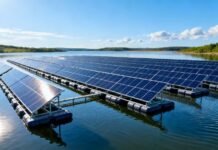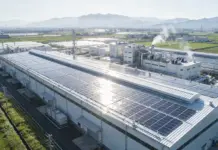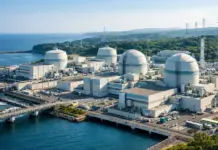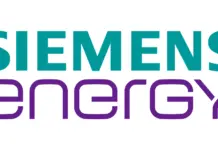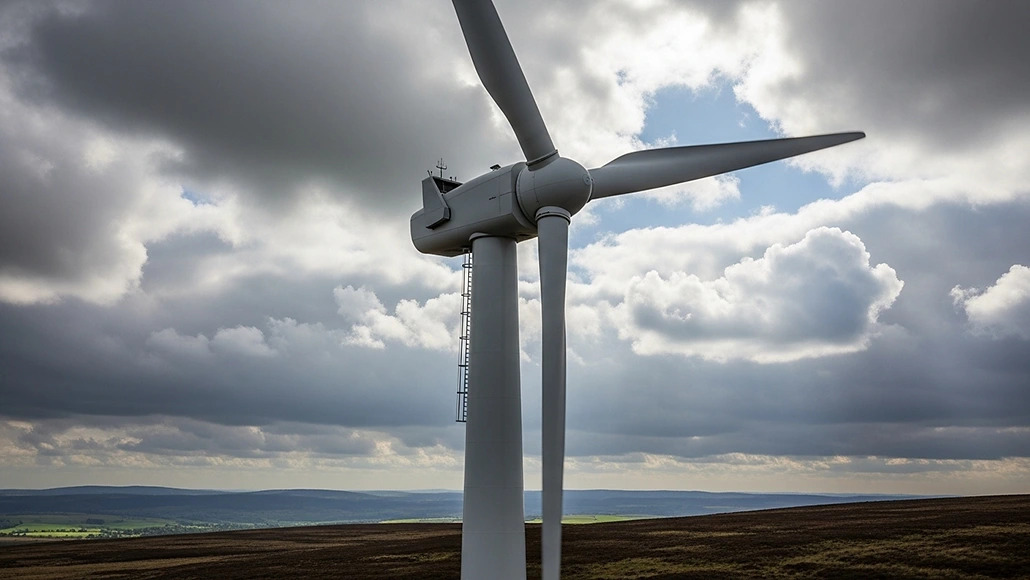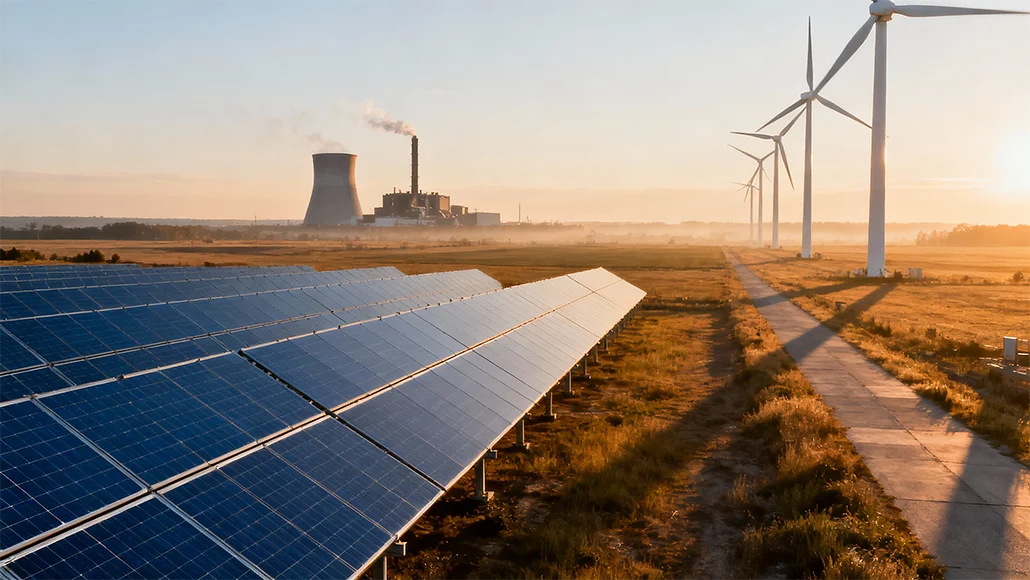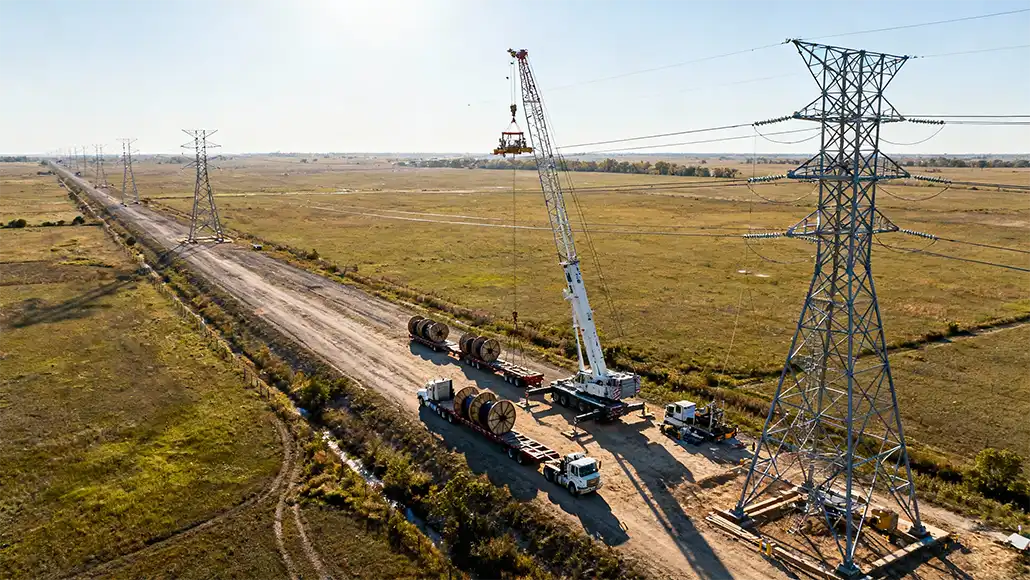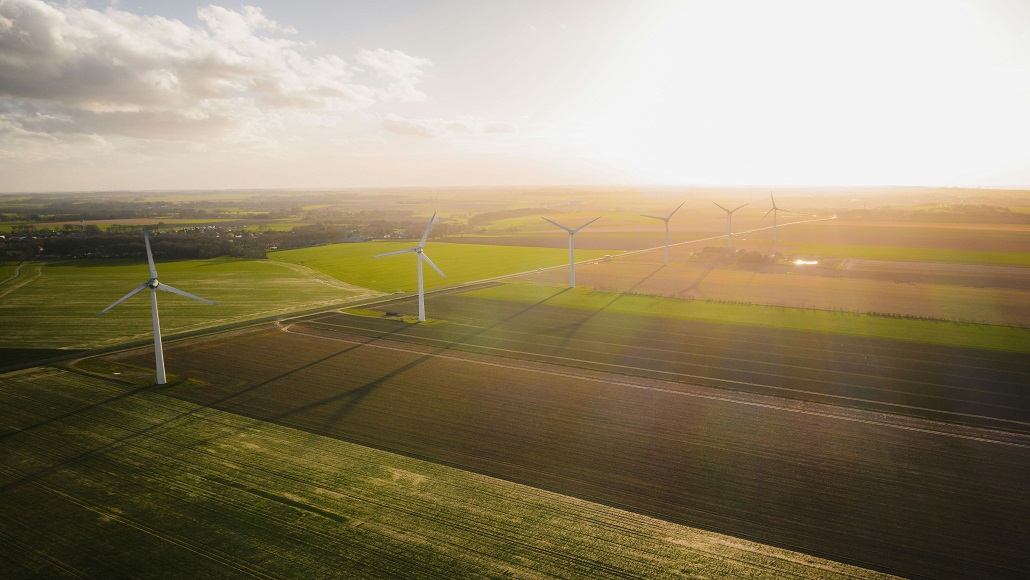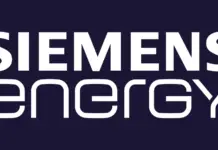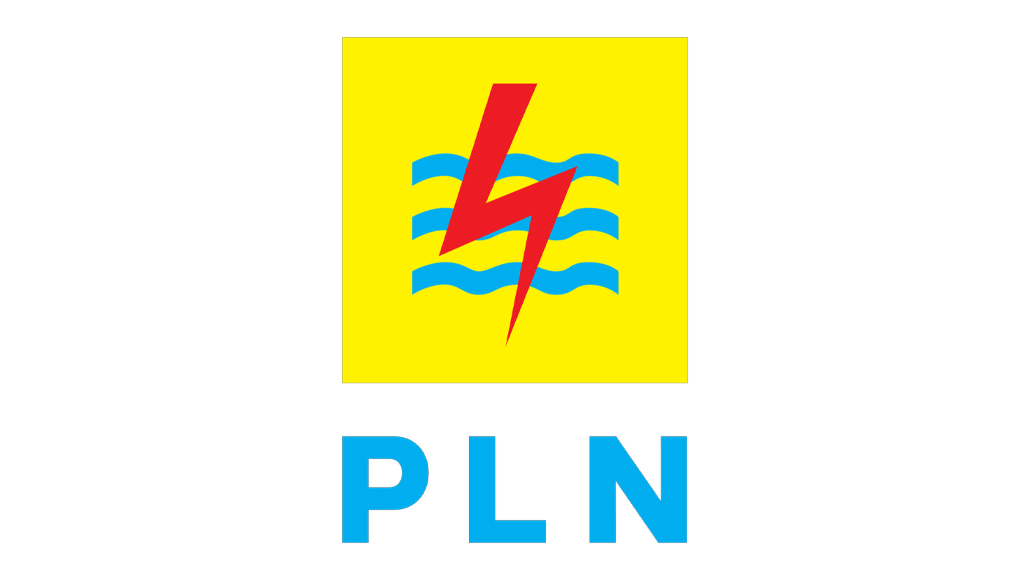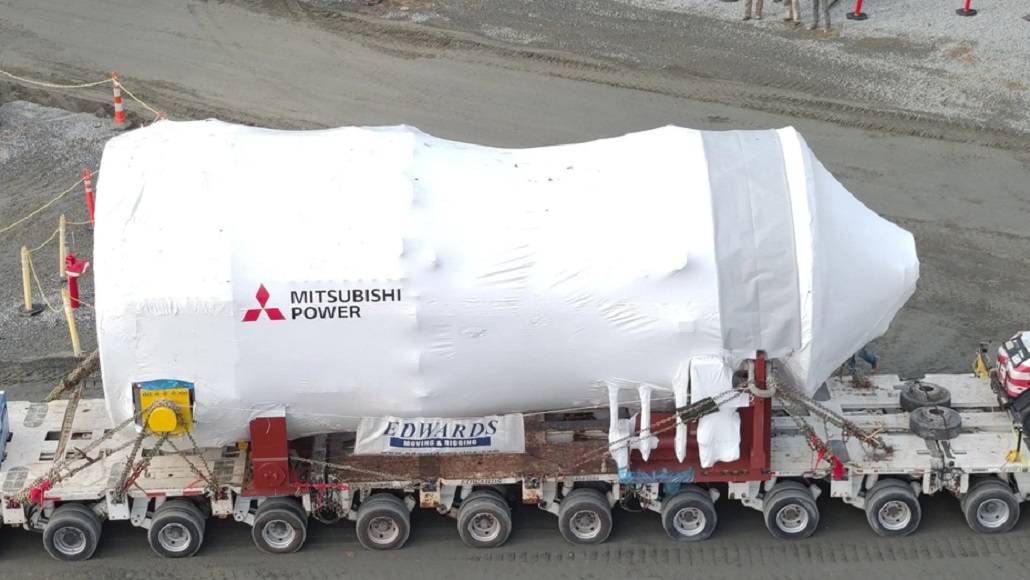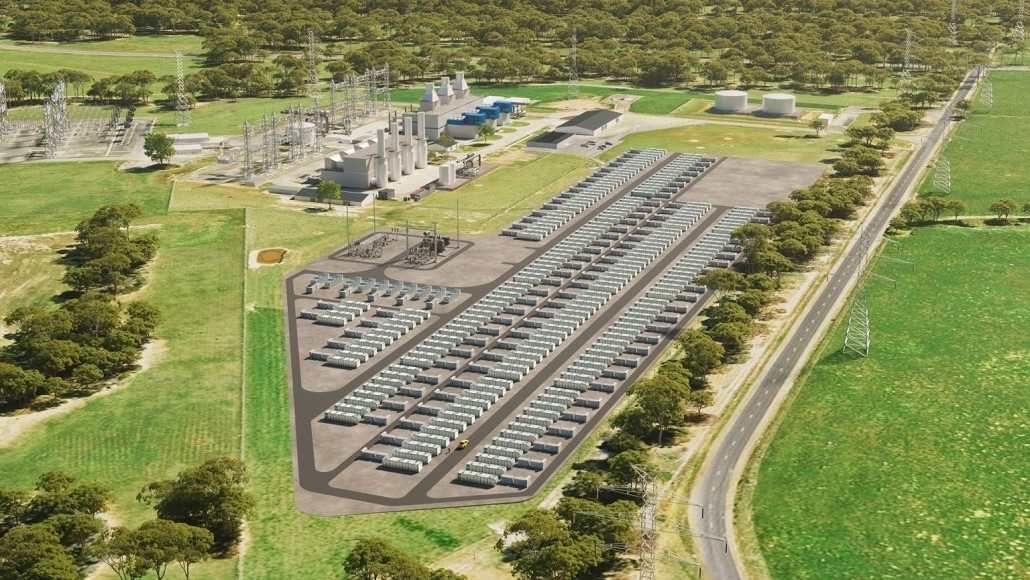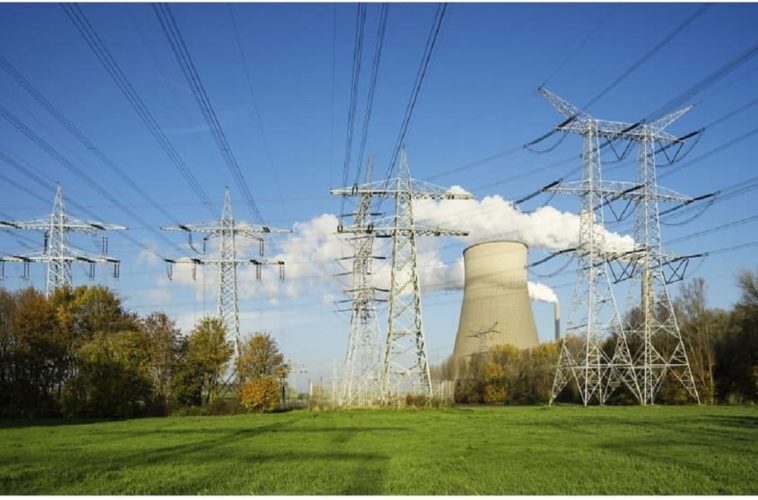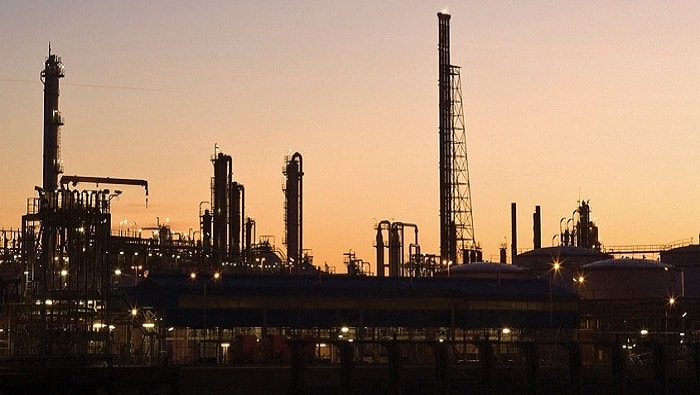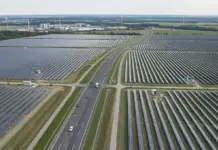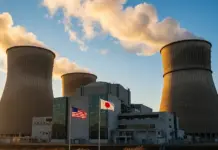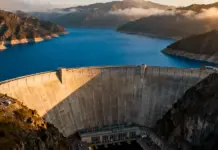The shift towards a sustainable and resilient energy spectrum necessitates a fundamental transition in how power infrastructure gets designed and developed. As the worldwide endeavors intensify in order to decarbonize the power generation, hydrogen goes on to emerge as a very important component when it comes to creating an agile, scalable, and future-proof energy system. Integrating hydrogen compatibility within new power assets happens to involve strategic planning, innovative designs, and also sophisticated infrastructure development. This makes sure that the power assets can go ahead and adapt to the evolving energy requirements and technological advancements in the decades to come.
Design principles in terms of hydrogen-compatible power plants
Designing a new power plant along with hydrogen compatibility is an intricate task that requires an overall understanding of the unique properties of hydrogen and also its implications for present as well as future technologies. It is thereby a must to embed flexibility within the plant architecture in order to facilitate a seamless shift from conventional fuels to hydrogen and to help the future capability as the market for hydrogen expands.
From the outset, material selection is indeed very critical. Components such as valves, pipelines, and pressure vessels must go on to employ materials that are resistant to hydrogen embrittlement and corrosion. Steel alloys having enhanced resilience and composite materials, as well as advanced coatings, happen to form the backbone of hydrogen-compatible infrastructure. These materials enable safe handling when it comes to hydrogen at varying pressures as well as temperatures, thereby ensuring longevity along with dependability.
When it comes to the technological front, electrolyzers, especially proton exchange membrane (PEM) electrolyzers, must be integrated within the plant design so as to make utmost use of their rapid response along with high efficiency. PEM electrolyzers are especially suited for applications that need frequent start-stop cycles along with dynamic operations, thereby making them ideal for grid balancing as well as renewable energy integration.
One of the critical design considerations happens to involve the safety element. The wide flammability range of hydrogen as well as the low ignition energy demand require stringent safety protocols, leak detection systems, and emergency shutdown mechanisms. These safety protocols have to be incorporated with the plant layouts, operational procedures, and also control systems in order to lessen the risks in an effective way.
Furthermore, agility should be at the core of power plant architecture. Modular units enable the incremental capacity expansion that is aligned with the demand for cost as well as technological advancements, thereby decreasing the upfront capital expenditures along with operational risks.
Integration with renewable energy sources
Renewable energy sources go on to serve as the backbone of green hydrogen production. Effective future-proofing energy requirements and infrastructure has to therefore prioritize tight coupling with solar, wind, and hydropower, thereby favoring decentralized and distributed generation.
On-site electrolysis at renewable generation sites lessens the power transmission losses and also capitalizes on the generation capacity, which is in excess. Power-to-gas systems convert surplus wind or solar energy into hydrogen during periods of peak renewable output, storing it for usage when renewable generation dips or at the time of peak demand.
Advanced energy management systems, which employ artificial intelligence and machine learning, forecast renewable generation, optimize the electrolyzer function, and also manage storage dynamics. Such kinds of systems help with flexible, demand-driven hydrogen production, thereby supporting the grid stability as well as decarbonization objectives.
Hybrid renewable systems, which integrate multiple renewable sources, go on to further elevate the system resilience, balancing the generation variability along with increasing the availability of surplus energy in terms of conversion as well as storage. These integrated systems happen to form the backbone of a sustainable and diversified energy ecosystem.
Modular approaches pertaining to scalability and flexibility
Executing a modular approach to infrastructure design makes sure of scalability and flexibility along with cost-effectiveness. Modular electrolysis units, pipeline segments, and storage containers can be rolled out incrementally, thereby matching demand growth along with technological evolution.
It is well to be noted that modularity helps with phased investments, initially catering to the regional or industrial clusters and then expanding itself to national as well as transnational grids. It also enables interoperability along with future innovations, such as advanced storage solutions as well as high-capacity electrolyzers.
Moreover, decentralized Modular systems help with resilience by decreasing the dependence on large as well as centralized plants, which are susceptible to single points of failure. Distributed electrolysis as well as storage units can operate in an independent way or in coordination, thereby offering operational agility along with robustness against disturbances in the grid. Digital twin models along with simulation tools help in real-time evaluation of modular infrastructure performance by guiding the expansion strategies and functional optimizations as well as maintenance schedules.
Strategic long-term planning along with policy support
Future proofing of power infrastructure also depends on a strong policy framework and strategic planning along with regulatory certainty. Government as well as industry stakeholders must partner in order to develop standards and incentives that foster investments and safety regulations within hydrogen infrastructure.
Policy support, which is in the form of subsidies, long-term power purchase agreements, and tax incentives, mitigates the investment risk and also speeds up the rollout. Cross-border collaborations along with harmonized standards as well as transnational infrastructure projects will always facilitate regional integration along with market development.
The long-term planning has to incorporate technological evolution, environmental objectives, and also market dynamics. Scenario evaluation along with flexible planning tools like digital twins helps the stakeholders in order to anticipate any future requirements and also adapt to the infrastructure accordingly.
Investment when it comes to research and development, workforce training, as well as demonstration projects is essential in order to speed up innovation, decrease expenditures, and also build confidence. At the end of the day, a cohesive and strategic approach is going to build resilient, sustainable, and adaptable power assets that are aligned with the future-proofing energy requirements.
In the end
Designing as well as building hydrogen-compatible power infrastructure is a necessary step towards a resilient and sustainable energy future. By way of strategic planning along with innovative designs as well as flexible modular approaches, energy assets can be future-proofed for decades to come.
The integration of hydrogen within power generation needs a complete view that encompasses safety, material science, renewable energy coupling, infrastructure development, and also digital management. Proactive as well as long-term planning makes sure that new assets are not only compliant with the standards of today but are also capable of adapting to the market transitions, innovations, and climate imperatives.
It is worth noting that long-term strategic investments within hydrogen-ready infrastructure are going to secure energy independence, reduce the emissions of carbon, and also strengthen the resilience when it comes to economic as well as political disruptions.



